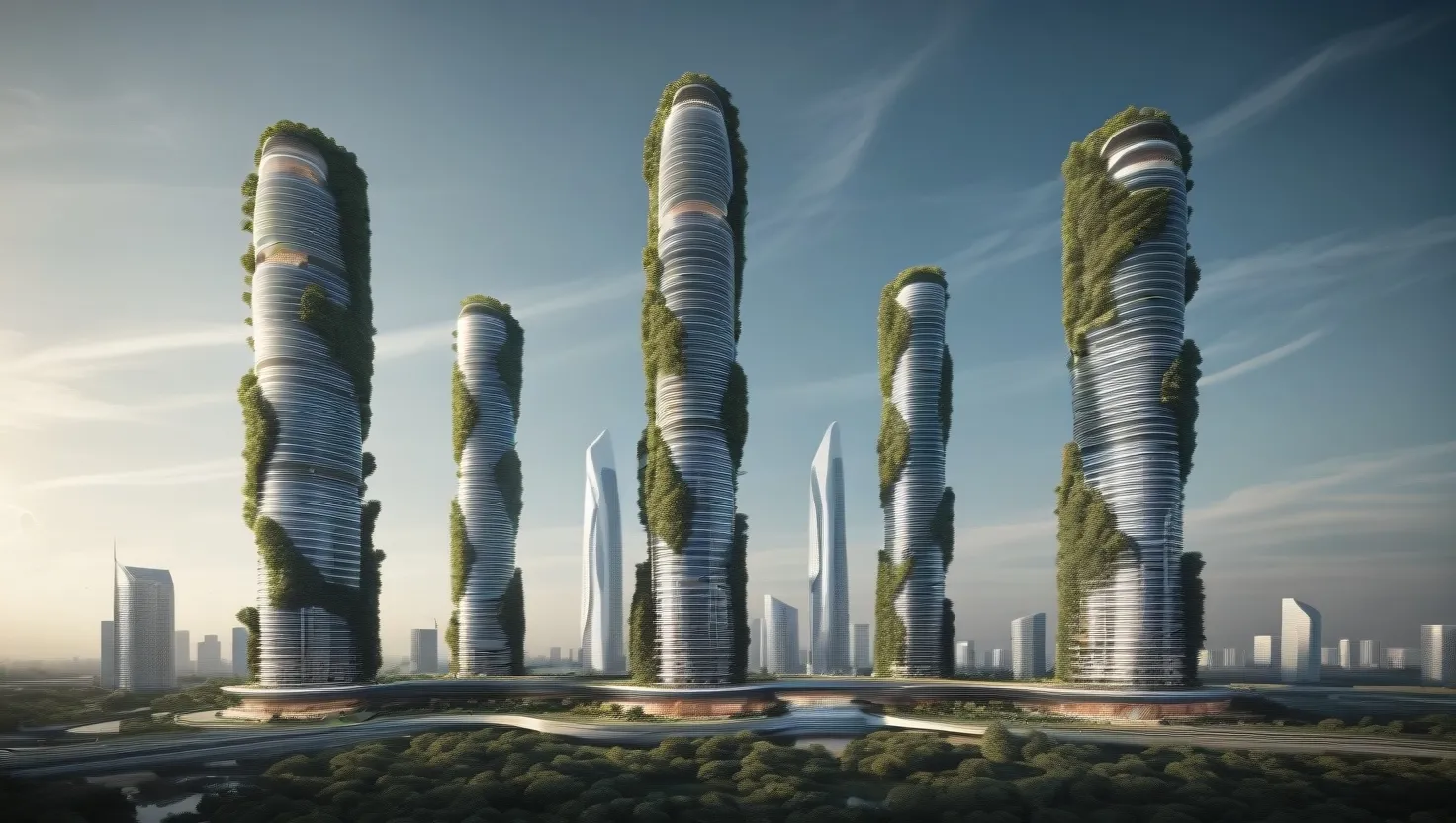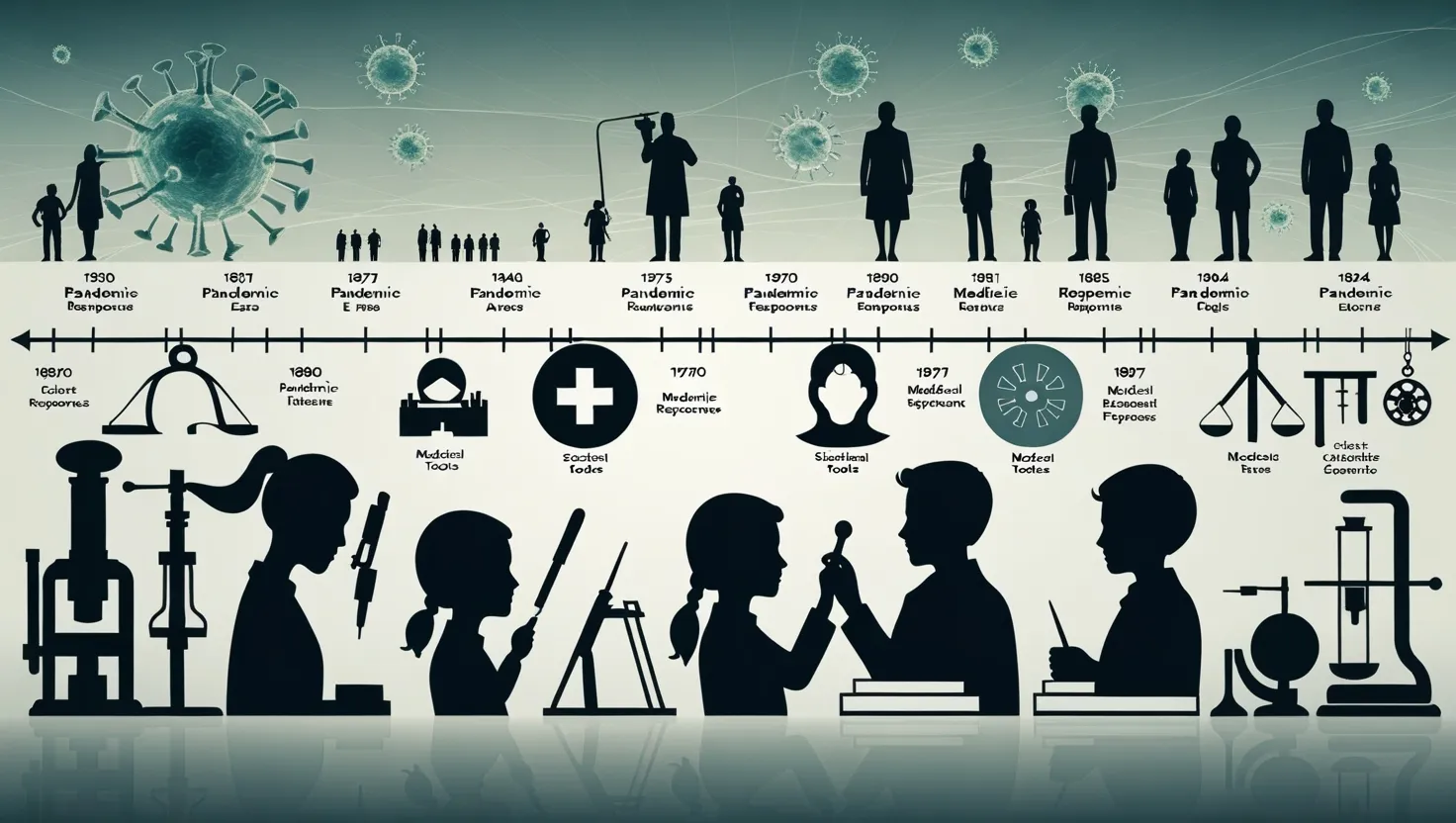In the quest for sustainable and efficient building solutions, architects and engineers are increasingly turning to an unexpected yet profound source of inspiration: nature. This approach, known as biomimetic architecture, involves mimicking biological structures and processes to create innovative designs that not only conserve energy and reduce waste but also enhance human well-being.
One of the most fascinating examples of biomimetic architecture is the Eastgate Centre in Harare, Zimbabwe. This building is a testament to the ingenuity of nature, particularly in the realm of thermoregulation. Inspired by the intricate cooling systems of termite mounds, the Eastgate Centre uses natural ventilation to maintain a comfortable internal temperature, regardless of the external climate. The process involves sucking cool night air into large floor voids and releasing it during the day through grilles, a technique that reduces energy consumption to less than 10% of what conventional air conditioning systems would use. This innovative design not only saves energy but also creates a customized climate within the building, keeping interior temperatures between 21-25°C even when external temperatures fluctuate between 5-33°C.
Another iconic example is the Beijing National Stadium, affectionately known as the “Bird’s Nest.” Designed for the 2008 Olympics, this stadium’s intricate steel lattice structure is inspired by the nest of a bird. The design distributes weight evenly, providing both strength and a unique architectural aesthetic. The stadium’s façade is filled with ETFE (Ethylene tetrafluoroethylene) panels, which offer insulation, soundproofing, and optimal entry of sunlight, much like how birds fill their nests with twigs and other materials for insulation.
The Eden Project in the UK is another stunning example of biomimicry in action. This massive greenhouse is inspired by the delicate structure of soap bubbles and the efficient structural systems found in pollen grains, radiolaria, and carbon molecules. The geodesic domes, made of ETFE and steel, create a large, self-cleaning greenhouse that traps air between the modules, reducing energy consumption. This design not only provides a controlled environment for a diverse range of plant species but also educates visitors on environmental issues and innovative agricultural practices.
In Sydney, Australia, the One Central Park building stands as a beacon of biomimicry. Its façade is blanketed with stunning vertical gardens, inspired by the way plants grow on cliffs and trees. The building incorporates heliostat mirrors to direct sunlight into the shaded public atrium and features solar panels for energy generation. This design not only improves air quality and connects residents with nature but also contributes to urban biodiversity and reduces the urban heat island effect.
The Eiffel Tower, an iconic landmark in Paris, is often overlooked as an example of biomimicry, but its design is deeply rooted in natural principles. The tower’s curvature is reminiscent of the femur’s head, helping it withstand wind forces. The supporting studs and braces are aligned along the lines of force, similar to the trabeculae in bones, and the nesting trusses exhibit a hierarchical structure found in nature, making it highly efficient in terms of material use.
In Zurich, Switzerland, the Biomimetic Office Building is set to become one of the lowest-energy office buildings in the world. Inspired by a variety of natural elements such as bird skulls, cuttlebone, sea urchins, and Amazon water lilies for its structure, and penguin feathers, termites, and polar bear fur for environmental control, this building is a masterpiece of biomimicry. It incorporates beetle wings, Venus flytrap, mimosa, and hornbeam leaves for solar shading, making it a highly coveted and sustainable workspace.
The Lotus Temple in India is another remarkable example, inspired by the lotus flower. Its structure is composed of 27 ‘leaves’ designed to promote natural ventilation and light, creating a serene environment. As a place of worship open to all, the Lotus Temple embodies the principles of unity and peace, drawing millions of visitors each year.
Biomimicry also extends to material innovation. The Tower of Light in the UK, for instance, features a shell-lace structure inspired by mollusc shells. This technique uses folds, curves, and twists to impart strength to thin, planar surfaces, such as steel sheets just 6-8 mm in thickness. The structure includes perforations that make it lightweight while using a fraction of the building material, showcasing the potential of biomimicry in reducing material usage.
The BIQ House in Germany is a pioneering example of integrating biological systems with technology. Its bioreactive façade uses microalgae to generate renewable energy, provide dynamic shading, thermal insulation, and noise mitigation. The microalgae are cultivated in glass panels to produce biomass that can be converted into energy, contributing significantly to the building’s sustainability.
In Singapore, the Garden by the Bay is an enchanting example of biomimicry. Inspired by majestic trees and tropical forests, this architectural masterpiece features energy-efficient lighting and extensive green spaces. The design integrates biomimicry principles to create a sustainable urban oasis, showcasing the beauty and resilience of nature.
Biomimicry is not just about mimicking structures; it also involves replicating energy-harnessing methods found in ecosystems. Wind turbines, for example, have been modelled after the tubercle fins of humpback whales. These bumpy fins allow the whales to propel themselves more efficiently, and when applied to wind turbines, they enable the blades to capture wind energy more effectively, even at steeper angles of attack.
The Institute du Monde Arabe in Paris features an adaptive façade that mimics the iris of the eye. This kinetic façade dilates based on the conditions during the day, controlling the entry of light into interior spaces and maintaining thermal comfort. This design ensures that the building remains cool in the summer and warm in the winter, reducing the need for conventional heating and cooling systems.
As we delve deeper into the world of biomimetic architecture, it becomes clear that nature offers a wealth of solutions to our urban challenges. By studying the intricate designs and efficient processes of natural systems, architects can create buildings that are not only sustainable but also aesthetically pleasing and functional.
In an era marked by climate change and urbanization, biomimicry offers a ray of hope. It paves the way for a harmonious relationship between humans and nature, reshaping our cities and addressing the pressing issues of energy consumption, waste reduction, and environmental impact. As we continue to explore the endless possibilities of biomimicry in architecture, we are reminded that the secrets to sustainable design lie in the very heart of nature itself.
By adopting biomimetic principles, we can transform our urban landscapes into sustainable, efficient, and resilient environments. This approach is not just about mimicking nature; it is about learning from millions of years of evolution to create solutions that are both innovative and sustainable. As architects and engineers continue to draw inspiration from nature, we are likely to see even more stunning examples of biomimetic architecture that not only inspire awe but also contribute to a better future for all.






